‘An Amla a day keeps disease at bay.’ This catchy tagline by AYUSH (Department of Health & Family Welfare, Govt. of India) is true to its core. Amla or Indian gooseberry or Emblica officinalis is scientifically known as Phyllanthus emblica. The word Amla is derived from the Sanskrit word Amalaki. Among the many health benefits of Amla, it is said that one who eats it daily has a robust digestive system, good eyesight, good memory, healthy skin & hair and remains youthful.
Amla has myriad of health benefits and is an answer to almost every single ailment. It is one of the best anti-ageing fruits because it promotes longevity and vitality. It is typically a winter fruit. Best season to enjoy fresh Amla is from December to March. Let us have a look at the nutritional value of Amla.
Nutritional value of Amla
- Amla is an amazing anti-oxidant: Amla contains chemical constituents like tannins, alkaloids and phenols that contribute in the antioxidant property of this fruit. According to a research conducted in 2010, Amla (especially dried Amla) along with Triphala and Arjuna were found to be the highest antioxidant rich fruits among a total of 581 fruits and vegetables that were studied for their antioxidant capacities. The antioxidant content of dried Amla was found to be 261 mmol/100g1. An important fact worth noting here is that dried Amla has much more antioxidant content compared to its fresh counterpart. Same holds true for all dried herbs and spices. This high antioxidant property of Amla can be attributed to high levels of ascorbic acid in its fruit and is a strong contributor in its medicinal qualities.
- Amla contains high vitamin C content: It is found in researches, that Amla contains 20 times more Vitamin C as compared to oranges. It is interesting to note that Amla even when dried does not lose its vitamin C content because the tannins present in it prevents oxidation of Vitamin C. However since ascorbic acid (vitamin C) is labile, it may be lost when subjected to heat (cooking).
- Amla is a very powerful anti-inflammatory herb: Research has shown that Amla possesses potent anti-inflammatory activity both in acute and chronic inflammation2.
- Pectin present in Amla is believed to reduce the serum cholesterol levels in human beings.
- Flavonoids present in Amla also have hypolipidemic effect i.e. cholesterol lowering effect.
- Other nutritional compounds present in Amla: To know the entire nutritional composition of Amla, please have a look at the table below:
Nutritional Value of Amla |
||
| Major Nutrients | Value per 100 g | % of RDA |
| Total Calories | 48 g | 2.4% |
| Water | 86 g | – |
| Protein | 1 g | – |
| Phenolic Compounds (Gallic Acid) |
3012.5 mg | – |
| Total Carbohydrate | 10 g | 3% |
| Dietary fiber | 5 g | 18 % |
| Total Fat |
.5 g | 0.5 % |
| Saturated fat |
Nil |
– |
|
Cholesterol |
Nil |
– |
|
Trans fat |
Nil |
– |
|
Omega-3 fatty acids |
48 mg |
– |
|
Omega-6 fatty acids |
276 mg |
– |
| Minerals | ||
| Calcium, Ca | 25 mg | 2% |
| Iron, Fe | 0.9 mg | 6% |
| Magnesium, Mg | 10 mg | 2% |
| Phosphorus, P | 27 mg | 3% |
| Potassium, K | 198 mg | 6% |
| Sodium, Na | 1 mg | 0% |
| Zinc, Zn | 0.12 mg | 1% |
|
Copper, Cu |
0.1 mg |
4% |
|
Manganese |
0.1 mg |
7% |
|
Selenium |
0.6 mcg |
1% |
| Vitamins | ||
|
Vitamin A, IU |
290 IU |
6% |
| Vitamin C | 478 mg | 800% |
| Vitamin E |
2450 mg |
1225% |
|
Vitamin K |
– |
– |
|
Vitamin B1(Thiamin) |
|
3% |
|
Vitamin B2(Riboflavin) |
|
2% |
|
Niacin |
0.3 mg |
1% |
|
Vitamin B6 |
0.1 mg |
4% |
|
Folate |
6mcg |
1% |
|
Vitamin B12 |
– |
– |
|
Pantothenic Acid |
0.3 mg |
3% |
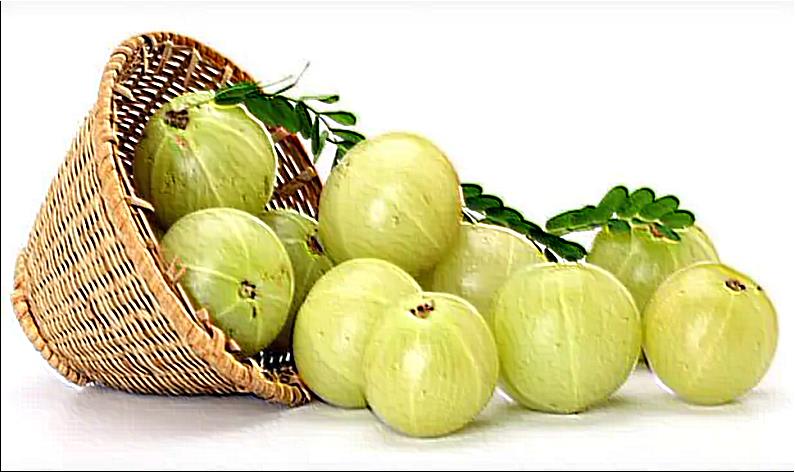
Fresh amla
What are the health benefits of eating Amla?
Amla is a natural coolant and said to be beneficial in all the three ‘doshas’ (Vata, Pitta and Kapha). According to Ayurveda, Amla is categorized as a ‘pathya’ food. Pathya food means any food that is beneficial to health, does not block the various channels in our body, does not cause any harm and helps in growth and development3. One of the best ways to use amla in daily diet is by eating Chyawanprash. (Please click to read the home made chyawanprash recipe.)
Amla is found to be useful in a wide range of ailments: premature graying of hair, hairfall, constipation, gastritis, hepatitis, irregular menses, menstrual problems, bleeding disorders, anaemia, inflammatory disorders, gout, diabetes, piles and general weakness.
-
Benefits of Amla for skin
It is the inherent desire of every human being to look younger. But our skin is subjected to aging process right from the day we were born. Exposure to sun results in free radical damage of the skin cells. This leads to dry, wrinkled, hyperpigmented and inelastic skin. Amla being antioxidant in nature protects our skin cells against oxidative stress and promotes collagen formation that improves skin elasticity.
Drinking Amla juice daily for a month or two tightens the skin, removes wrinkles, brings natural glow on the face; removes hyperpigmentation and scars of skin. In short, Amla reverses the signs of aging and gives a youthful appearance.
-
Benefits of Amla for hair
Premature graying of hair and hairfall at an early age are all signs of elevated pitta in body. Since Amla is very effective in balancing the pitta dosha so it prevents premature graying of hair and stimulates hair growth. Dried amla powder mixed in coconut oil and heated for few minutes is an effective conditioner that prevents graying of hair and promotes hair growth. The water that is left behind after boiling the Amla is very nutritive and can be used for rinsing the hair.4
-
Benefits of Amla for eyes
Amla has been shown in research studies to improve eyesight. Amla is high in Vitamin A content therefore Amla is capable of increasing and stabilizing eyesight. Regular consumption of Amla ensures healthy eyesight even in old age. It is useful in treating conjunctivitis and glaucoma. Including fresh Amla juice or Amla powder in daily diet will help improve eyesight.
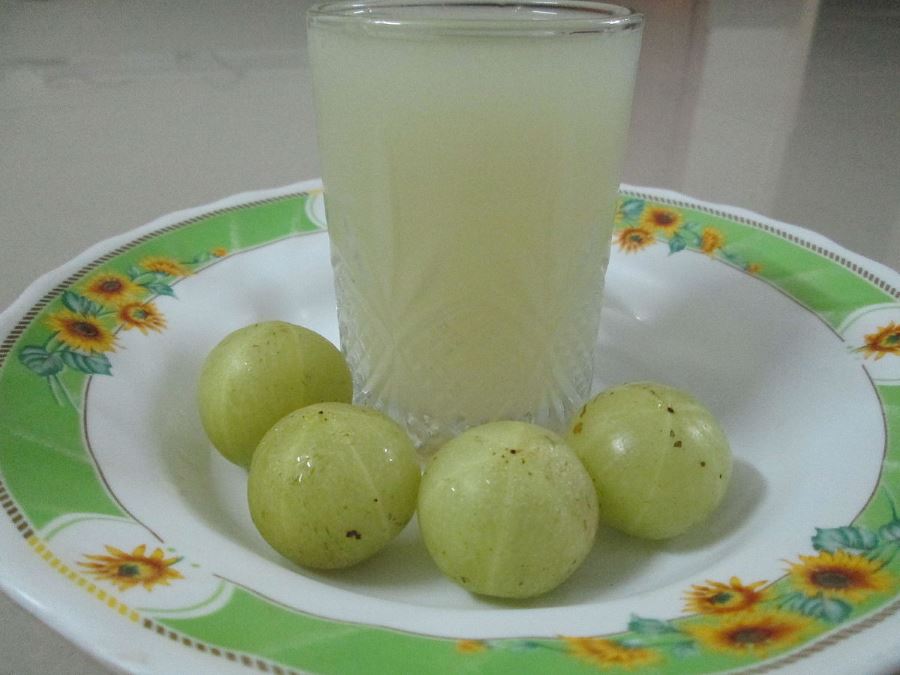
-
Amla to increase vigor
Amla is very rejuvenating, delays degenerative and senile processes of body thereby prevents ageing. It maintains strength and vigor in old age. Taking 15 g (3 tsp) Amla juice (obtained after grating the fresh Amlas and subsequently sieving through a cloth) daily morning in an empty stomach for a month can have many revitalizing effects on body.
-
Benefits of Amla for sore throat
Add 1 teaspoon Amla powder, 1 teaspoon mulethi (Licorice root) powder and 1 teaspoon mishri (diamond sugar) in a glass of warm milk and drink it just before going to bed. This will help in relieving sore throat.
-
Benefits of Amla to increase production of semen and sperms
There cannot be a better remedy than Amla to correct semen related disorders, increase the production of semen and sperms, aid in ejaculation and correct the release of semen in urine.
-
Benefits of Amla for menstrual problems
Amla helps in correcting irregular menstrual cycles and excessive bleeding during menses.
-
Benefits of Amla in digestion
It enhances digestion. It keeps constipation at bay due to its laxative properties. Amla is useful in curing hyperacidity, nausea and vomiting.
-
Benefits of Amla for Anemia, bleeding disorders
Vitamin C helps in the absorption of iron and Amla is a rich source of Vitamin C. Therefore, consuming Amla juice daily helps solve the problem of anemia.
-
Benefits of Amla to reduce Inflammation
Amla possesses potent anti-inflammatory activity both in acute and chronic inflammation. Therefore, including Amla in daily diet can help in treating inflammatory disorders. The problem with NSAIDS (Non Steroidal Anti-Inflammatory Drugs) is that they cause gastric ulcers in long run. Amla has been found to be ulcer-protective i.e. effective in healing both acute and chronic ulcers2.
-
Benefits of Amla to remove white spots on nails
Including Amla juice or Amla powder in daily diet will help solve the problem of white spots on nails.
-
Benefits of Amla for heart
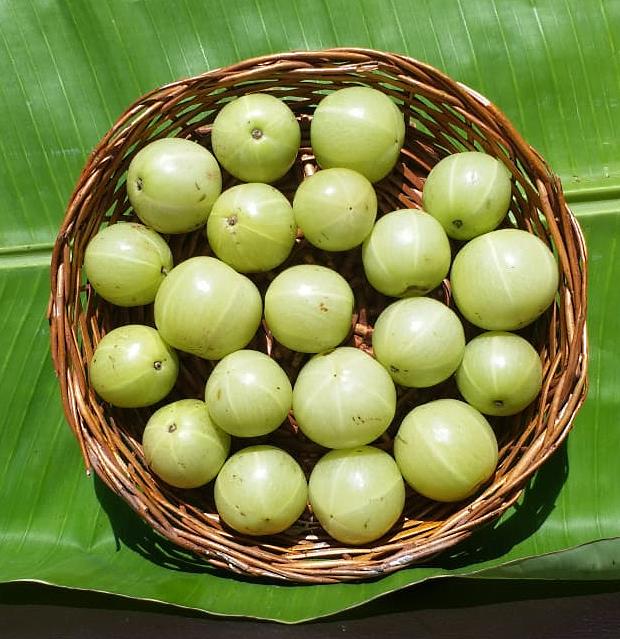
When our body is in stress, it releases free radicals that cause cell damage. This has a negative impact on the heart functioning with alterations in blood pressure and cholesterol levels. Amla through its strong antioxidant action removes free radicals; reverses stress induced changes in heart; strengthens heart muscles and thereby restores normal functioning of heart5. 1 tsp dried Amla powder can be included in your daily diet after consulting with your physician.
-
Benefits of Amla to reduce high cholesterol
It has been proved in research that Amla has significant hypolipidemic (cholesterol lowering) effect. In a research study of 60 patients with high blood cholesterol levels, 40 were treated with Amla and 20 with Simvastatin (cholesterol lowering drug) for a period of 42 days. At the end of study, both the treatments were found to produce nearly equivalent alterations in lipid levels. However, this beneficial effect was more marked in patients receiving Amla6.
-
Benefits of Amla to reduce high blood pressure
Amla is very effective in reducing high blood pressure. 1 tsp dried Amla powder can be included in your daily diet after consulting with your physician.
-
Benefits of Amla to reduce high blood sugar
Amla helps in regulating blood sugar levels. 1 tsp dried Amla powder can be included in your daily diet after consulting with your physician.
 Our daily activities such as the food we eat, exposure to sun and pollution, cigarette smoke, radiation, medication and stress forms free radicals in our body. These free radicals cause cell damage which is the cornerstone of most of the degenerative diseases such as heart disease, cancer, inflammatory joint disease, asthma, diabetes, aging and degenerative eye disease7,8. That is why we need antioxidants to scavenge the free radicals from our body. Nature has gifted us with antioxidant defenses or free radical scavengers in the form of ‘Vitamin C’. Since Amla is a powerhouse of vitamin C, regular intake of Amla helps in removing the free radicals and thereby protecting against a number of diseases.
Our daily activities such as the food we eat, exposure to sun and pollution, cigarette smoke, radiation, medication and stress forms free radicals in our body. These free radicals cause cell damage which is the cornerstone of most of the degenerative diseases such as heart disease, cancer, inflammatory joint disease, asthma, diabetes, aging and degenerative eye disease7,8. That is why we need antioxidants to scavenge the free radicals from our body. Nature has gifted us with antioxidant defenses or free radical scavengers in the form of ‘Vitamin C’. Since Amla is a powerhouse of vitamin C, regular intake of Amla helps in removing the free radicals and thereby protecting against a number of diseases.
Now that we know the immense benefits of Amla, how about going through some of the recipes of Amla that we can include in our daily diet?
References
-
- Carlsen MH, Halvorsen BL, Holte K, et al. The total antioxidant content of more than 3100 foods, beverages, spices, herbs and supplements used worldwide. Nutr J. 2010;9:3. Published 2010 Jan 22. doi:10.1186/1475-2891-9-3
- Golechha M., Sarangal V., Ojha S., Bhatiya J, Arya D.S. Anti-Inflammatory Effect of Emblica officinalis in Rodent Models of Acute and Chronic Inflammation: Involvement of Possible Mechanisms. International Journal of Inflammation 2014.
- MB Kavita, Mallika KJ. Amalaki (Indian Gooseberry): An ancient Food Supplement. Int. J. Res. Ayur. Pharm.2013;4(1):11-14.
- Dasaroju S. and Gottumukkala K.M. Int. J. Pharm. Sci. Rev. Res., 24(2), Jan – Feb 2014; nᵒ 25, 150-159.
- Fatima N, Pingali U, Pilli R. Evaluation of Phyllanthus emblica extract on cold pressor induced cardiovascular changes in healthy human subjects. Pharmacognosy Res. 2014;6(1):29-35.
- Gopa B, Bhatt J, Hemavathi KG. A comparative clinical study of hypolipidemic efficacy of Amla (Emblica officinalis) with 3-hydroxy-3-methylglutaryl-coenzyme-A reductase inhibitor simvastatin. Indian J Pharmacol. 2012;44(2):238-42.
- TM Florence. The Role of Free Radicals in Disease. Australian and New Zealand Journal of Ophthalmology. 1995 Feb;23(1):3-7.
- Lien Ai Pham-Huy et al. Free Radicals, Antioxidants in Disease and Health. Int J Biomed Sci 2008; 4 (2): 89-96

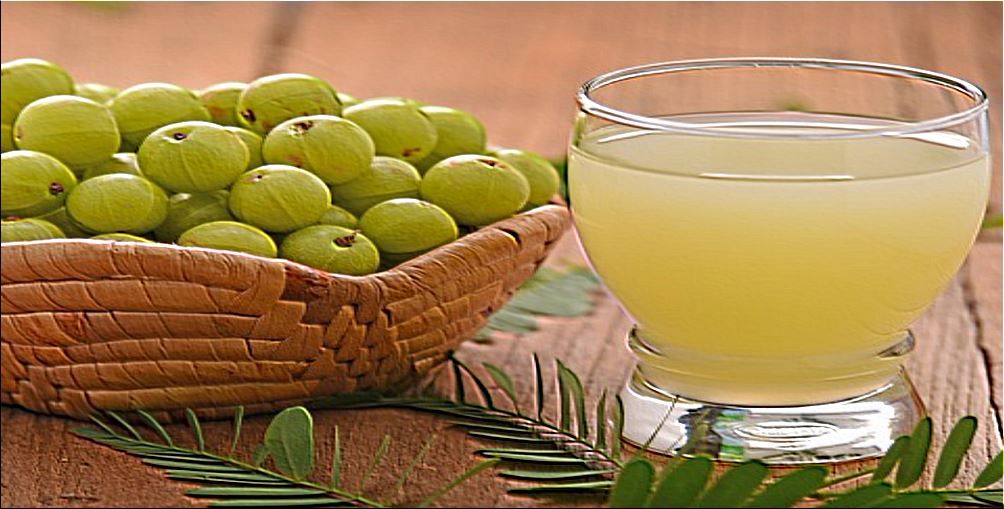

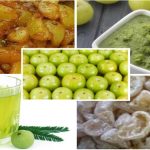
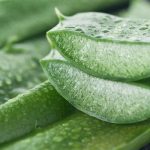

Very informative…
Thankyou @Krishna! Happy to know you found the post useful:)
very useful information. Health benefits at lowest cost.
I am glad you found the information in the article useful:)..and what you said is a very relevant point that Amla, a superfood, packed with nutrients, easily available in market at a very cheap price provides so many health benefits. It is both preventive and curative!
Wow I am really amazed to read the usefulness of amla in our life. After reading this article I have introduced amla in my daily diet and also want to thank Dr. Deepika for sharing the recipes as my 5 years old daughter is loving them.
Thankyou @Priyanka for admiring the post and including Amla in your daily diet. I am glad your daughter is liking it too:)
Great compilation of benefit of Amla.
First section is a bit technical for common person to understand but the benefit section is good.
Thankyou for liking the post and sharing user perspective…The section on nutritional value of amla has some research based facts and is therefore somewhat technical..:)
Hello Dr…Loved your blog…it is really useful. You are explaining very clearly..thanks for your great information .
@Devyani..I am happy you loved the post and found it useful..Thankyou for your lovely comment:)